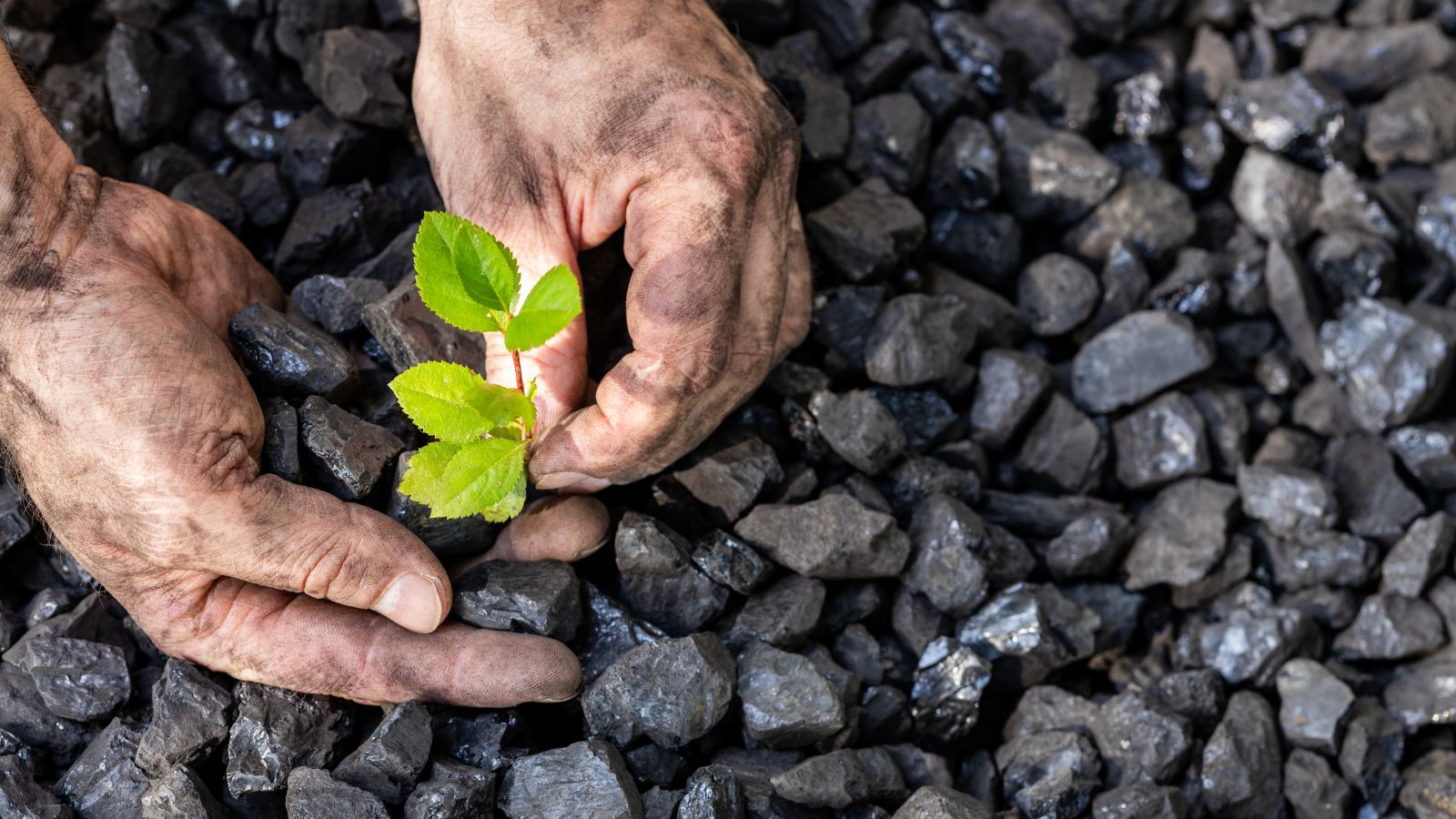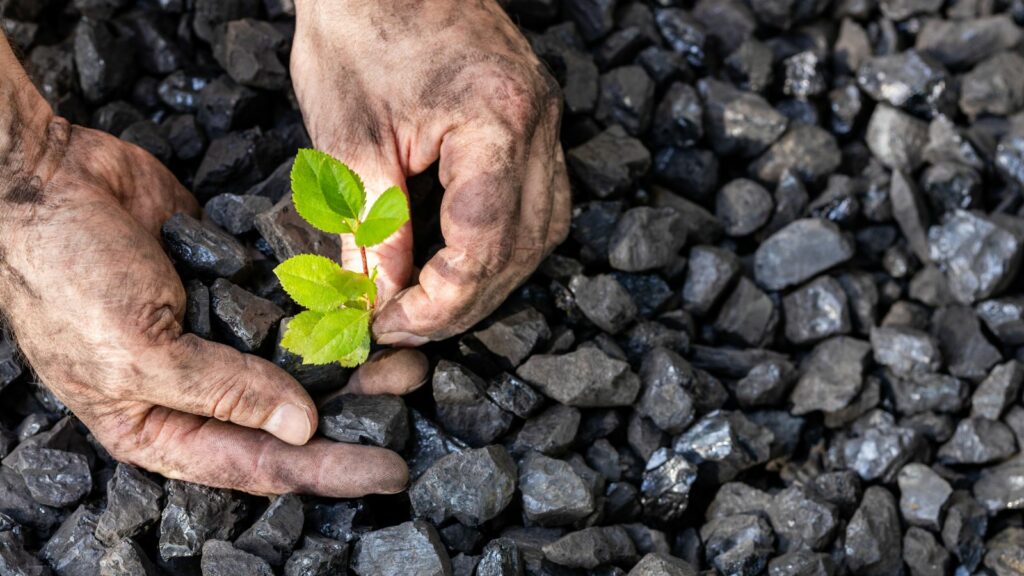The coming years are shaping up to be unusually strong for the country, with several developments across technology, energy, infrastructure, health care, and trade positioning it for long-term gains. While many of these moves are not heavily publicized, they reflect a growing global demand for Canadian capabilities. Here are 23 Canadian wins coming in 2025 and beyond.
Growth in Critical Mineral Processing

Global demand for battery materials is rising quickly, and the country is set to benefit from years of planning in the mining sector. Several new processing facilities for nickel, lithium, and graphite are scheduled to advance in 2025, reducing reliance on foreign refining. These projects support electric vehicle manufacturers in North America, which increasingly require regional supply chains to qualify for incentives. Smaller towns in Ontario, Quebec, and the Prairies will see long-term employment from these developments. The associated research partnerships with universities will also strengthen the domestic battery ecosystem and improve future competitiveness in clean technology manufacturing.
Expansion of Life Sciences Manufacturing

Recent investments in vaccine and therapeutic production facilities are expected to show clear results in 2025. Expanded capacity in mRNA technology, biologics, and antiviral treatments will allow the country to respond more quickly to global health needs and reduce external dependency. Several international pharmaceutical companies are continuing construction and hiring, while domestic startups are gaining new partnerships for clinical trials. This progress strengthens medical supply resilience and brings more high-skilled research positions into major cities. The sector’s growth is also supported by federal and provincial funding programs aimed at accelerating innovation within laboratories and commercial-scale manufacturing spaces.
Major Breakthroughs in Quantum Computing

The quantum ecosystem is entering a new phase as research centers move closer to commercial applications. Improved qubit stability, expanded testing facilities, and the involvement of global tech companies position the country as a leading contributor to next-generation computing. New quantum-safe cybersecurity standards will also be adopted by government departments and financial institutions. These developments help domestic startups attract global clients, particularly in logistics, climate modeling, and pharmaceutical discovery. The collaborative structure between universities and private labs ensures more predictable talent pipelines.
Growth in Small Modular Reactor Development

As provinces look for reliable clean energy options, small modular reactors are becoming a practical solution. Ongoing work in Ontario and Saskatchewan is expected to move into more advanced stages in 2025, supported by regulatory progress and engineering milestones. These projects bring long-term skilled jobs, particularly for engineers, technicians, and supply chain workers. The associated research in waste reduction and improved fuel efficiency strengthens nuclear innovation. The export potential for reactor components is significant, as many countries explore mid-sized reactors for stable, low-carbon generation. This positions the country for future economic gains in the global energy market.
Housing Supply Gains from Accelerated Construction

After several years of limited progress, new federal and provincial programs are expected to produce noticeable increases in multi-unit construction starting in 2025. Streamlined permitting, expanded financing programs, and modular building methods will allow more apartments to break ground, particularly near transit lines in large cities. Smaller municipalities will benefit from infrastructure funding that supports rapid development. These additions will help reduce pressure on rental markets and improve affordability over time. Construction firms are also adopting better technology for planning and labor management, improving long-term productivity. The combined changes create more predictable growth in urban housing supply.
Growth of Domestic Semiconductor Capabilities

Although the country is not aiming to replicate large global chip hubs, 2025 will mark important progress in specialized semiconductor fields. New investments in photonics, advanced packaging, and niche chip design will expand the country’s role in critical supply chains. Research clusters in Ontario and Quebec are forming tighter partnerships with North American manufacturers, allowing companies to commercialize innovations more quickly. Several startups are expected to scale through defense and telecommunications contracts. Talent programs aimed at microelectronics training will support long-term workforce development. These gains strengthen resilience in sectors that rely on secure and trustworthy semiconductor components.
Improvements in National Food Supply Resilience

Agricultural technology continues to grow, and several initiatives will support stronger domestic food security in 2025. Controlled environment farming, improved irrigation tools, and new grain storage systems are expanding across the Prairie and Atlantic regions. Investments in fertilizer production, protein research, and cold chain logistics will reduce vulnerability to international market disruptions. Local processing facilities will help farmers capture more value from crops rather than relying solely on raw exports. Expanded trade agreements diversify destinations for agricultural goods while reducing the impact of supply bottlenecks. Collectively, these improvements raise long-term stability in the national food supply system.
Upgrades to Arctic Infrastructure

Northern regions will see increased investment in transportation, communications, and community services beginning in 2025. Improved ports, expanded runway capacity, and updated weather monitoring systems will support safer travel and more predictable supply deliveries. New investments in satellite connectivity will enhance emergency response and economic activity in remote areas. These upgrades are essential as international attention toward the Arctic increases, particularly regarding shipping routes and scientific research. The improved infrastructure will also reduce costs for local residents and strengthen long-term community resilience.
Growth in Clean Hydrogen Production

Hydrogen projects in Atlantic and Western provinces are progressing toward commercial readiness. Electrolyzer, dedicated pipelines, and export terminals are expected to advance in 2025 with backing from international partners. These developments support industrial sectors that need low-emission energy sources, including steel, cement, and heavy transportation. The country’s renewable resources provide stable input for green hydrogen production, improving long-term competitiveness. Increased demand from Europe and Asia strengthens the export market. Workforce training and research partnerships ensure technology improvements continue. This sector’s growth builds a more diversified clean energy portfolio and opens new opportunities in global fuel markets.
Expansion of High-Speed Internet in Rural Regions

Efforts to close the digital divide will show clearer results in 2025 as multiple broadband projects reach completion. Fiber networks, satellite services, and upgraded cell towers will expand coverage across rural communities. Improved connectivity supports local businesses, enhances educational access, and allows workers to participate in remote employment opportunities. Better infrastructure also encourages new investment in tourism, agriculture, technology, and digital services. Providers are adopting more efficient installation techniques that reduce long-term maintenance costs. As connectivity becomes more reliable, smaller towns gain new economic possibilities and residents experience more consistent access to essential online services.
Rise of Canadian Airlines on Global Routes

Several carriers are expanding international routes in 2025, responding to stronger demand from Asian, European, and Middle Eastern markets. New long-haul aircraft and updated airport infrastructure support these additions. Regional airports in secondary cities will also gain more direct flights, improving connectivity for business and tourism. Carriers are investing in fuel-efficient fleets, better digital booking tools, and expanded cargo services. Access to more global destinations strengthens trade, increases visitor spending, and improves mobility for residents. These gains show the aviation sector recovering steadily while positioning itself for continued growth in the next decade.
Expansion of Indigenous Led Economic Development

Indigenous owned businesses and partnerships will continue to expand in 2025, supported by increased access to capital, land management agreements, and resource project equity. Several communities are investing in renewable energy, tourism, fisheries, and technology ventures that generate long-term revenue. Infrastructure projects led by Indigenous organizations are strengthening regional economies and improving governance capacity. Education and training initiatives ensure younger generations have opportunities in high-skilled fields. This growth supports self-determination while contributing to broader national development. As these ventures scale, they bring stability, employment, and greater economic independence to many Indigenous communities.
Strengthening of Automotive Manufacturing in Ontario

Electric vehicle assembly plants and battery facilities are entering critical construction and hiring stages in 2025. These projects support thousands of direct and indirect jobs while building long-term competitiveness in North America’s automotive sector. The shift toward electric models attracts new suppliers in electronics, software, and battery materials. Transit investments and road upgrades in nearby regions also increase logistics efficiency. As more manufacturers announce future production lines, smaller communities surrounding major plants benefit from business growth and housing demand. The sector’s transition stabilizes manufacturing employment and positions the region as a core contributor to future transportation technology.
Expansion of Advanced Wood Manufacturing

Sustainable building materials are gaining broader adoption, and several provinces are investing in mass timber production capacity. New facilities for engineered wood products will support the construction of mid-rise and commercial buildings across the country. These projects create jobs in forestry regions and diversify economic activity beyond traditional logging. Improved product standards and testing capabilities encourage architects and developers to use mass timber in more large-scale designs. Exports of engineered wood components also show growth potential as international demand increases. This sector supports climate goals and enhances the competitiveness of rural economies specializing in modern wood construction.
Progress in Mental Health Service Expansion

New federal and provincial initiatives will begin to show measurable improvements in mental health care access starting in 2025. Investments in digital therapy tools, crisis response teams, and community-based clinics help reduce wait times. Several provinces are integrating mental health with primary care to create more predictable support for residents. Remote regions benefit from better telehealth infrastructure, allowing more consistent follow-up for patients. Public health agencies are expanding data systems to track outcomes and identify service gaps. These steps build a more responsive mental health network and ensure long-term improvements in overall health system performance.
Gains in Clean Tech Exports

Technologies developed by domestic clean tech firms are seeing increased adoption in foreign markets, particularly in carbon capture, smart grids, and water treatment systems. Trade missions and new agreements will support growth in 2025 by connecting innovators with international clients. Several companies specializing in industrial emissions reduction are entering large-scale demonstration phases abroad. These opportunities expand revenue and promote long-term competitiveness. The sector benefits from strong research institutions and supportive policy frameworks. As global industries adopt cleaner practices, domestic firms gain more influence and recognition for providing practical, commercially ready environmental solutions.
Growth in Film and Television Production

Production capacity is increasing as new sound stages and post-production facilities open in 2025. Provinces continue to attract international studios through competitive tax programs and strong technical talent. Smaller cities are building their own production clusters, creating jobs and expanding local creative industries. Investments in digital effects, animation, and virtual production enhance global competitiveness and support higher-quality storytelling. Training programs ensure steady pipelines of skilled workers. The sector’s expansion contributes to tourism, technology adoption, and job creation across multiple regions.
Strengthening Cybersecurity Capabilities

Rising cyber threats have prompted significant upgrades across government agencies, banks, and critical infrastructure operators. In 2025, new regulations, testing centers, and security frameworks will help organizations improve resilience. Several domestic cybersecurity firms are expanding globally through partnerships with technology integrators. Workforce development programs at colleges and universities are producing more trained professionals to meet growing demand. Improved coordination between federal departments and private companies increases the speed of threat detection and response. These advancements create a stronger digital environment for businesses and residents while positioning domestic companies as valuable players in global cybersecurity markets.
Expansion of Electric Public Transit

Major cities are introducing new electric buses, expanding charging networks, and upgrading maintenance facilities in 2025. Transit agencies are adopting modern fleet management tools that improve reliability and reduce operational costs. Mid-sized municipalities are also joining electrification efforts, supported by federal funding and energy partnerships. This infrastructure reduces emissions while offering quieter and more comfortable service. Local suppliers benefit from orders for charging equipment, battery systems, and specialized components. These improvements help create more efficient transit networks that better support urban growth and long-term environmental goals.
Growth of Artificial Intelligence Research and Commercialization

Research institutions continue to advance machine learning, natural language processing, and robotics applications. In 2025, partnerships between universities and private companies will accelerate commercialization in finance, health care, manufacturing, and logistics. Domestic AI startups are gaining more access to global clients, supported by responsible AI frameworks that guide ethical deployment. Talent programs attract skilled researchers while providing training for students entering the field. These developments strengthen the national innovation ecosystem and increase global competitiveness. As AI applications mature, businesses across multiple sectors benefit from improved productivity, predictive tools, and new service models.
Expansion of Tourism Infrastructure

Tourism regions are preparing for increased global travel in 2025 with expanded transportation links, upgraded visitor facilities, and new cultural attractions. Investments in trails, waterfronts, heritage preservation, and eco-tourism projects strengthen regional economies. Improved marketing partnerships with international travel platforms help attract long-haul visitors. Small towns are focusing on year-round tourism offerings rather than seasonal peaks, leading to more stable employment. Hotel development and airport modernization projects add capacity for future growth. These improvements position the country to capture more international visitors and expand its presence in global travel markets.
Modernization of Port and Rail Logistics

Several major ports are undergoing upgrades to improve automation, container handling, and climate resilience. Rail operators are adopting predictive maintenance technology to reduce delays and increase efficiency. These improvements support trade growth and strengthen supply chain reliability. New inland logistics hubs near major highways will help divert congestion from coastal cities and create more balanced freight networks. Investments in emissions reduction equipment support environmental goals and improve air quality in surrounding communities. These combined changes enhance competitiveness for exporters and importers while creating long-term economic benefits for transportation corridors across multiple regions.
Growth in Skilled Trades Training

Demand for electricians, carpenters, welders, and technicians continues to rise as major infrastructure, housing, and energy projects expand. Governments and industry groups are investing in apprenticeship programs, training centers, and incentives to bring more people into skilled trades. Modern equipment, updated curriculum, and stronger employer partnerships will help students gain practical experience. These improvements address long-standing labor shortages and support long-term project timelines. Increased participation from women and newcomers strengthens workforce diversity. The expanded training capacity ensures more stable growth across construction, manufacturing, and clean energy sectors well into the next decade.
21 Products Canadians Should Stockpile Before Tariffs Hit

If trade tensions escalate between Canada and the U.S., everyday essentials can suddenly disappear or skyrocket in price. Products like pantry basics and tech must-haves that depend on are deeply tied to cross-border supply chains and are likely to face various kinds of disruptions
21 Products Canadians Should Stockpile Before Tariffs Hit
